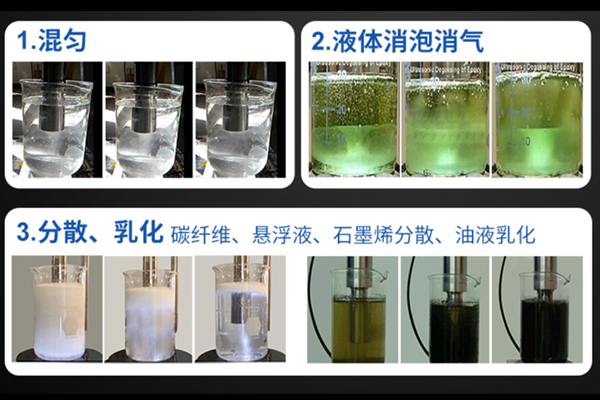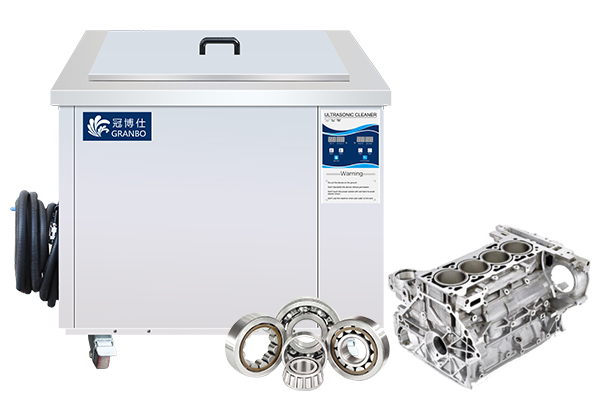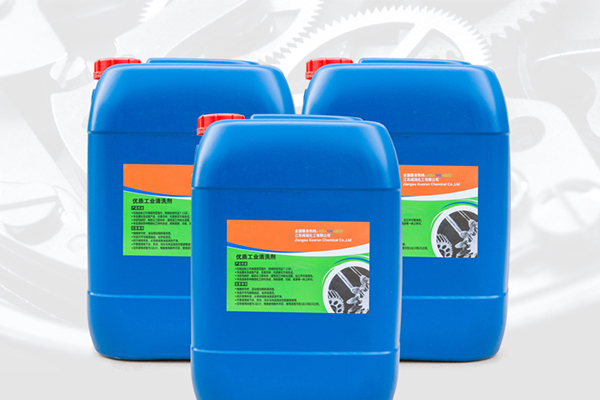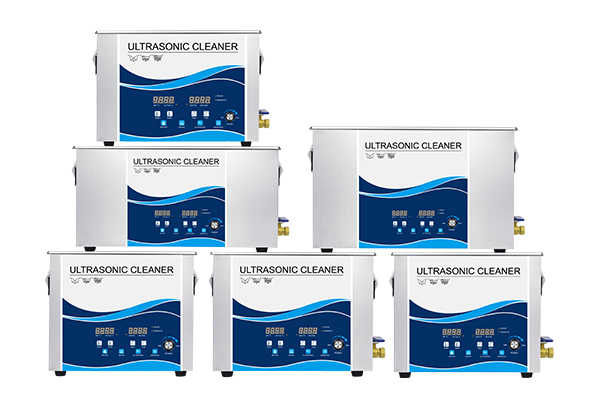Obviously different, literally able to see it all.

Ultrasonic cleaning machine is to play the role of cleaning parts purification, the principle of its role: the high-frequency oscillation signal issued by the ultrasonic generator, through the transducer into high-frequency mechanical oscillation and spread to the medium – cleaning solvent, ultrasound in the cleaning liquid sparse and dense forward radiation, so that the liquid flow and produce tens of thousands of tiny bubbles. These bubbles in the ultrasonic longitudinal propagation of negative pressure zone formation, growth, and in the positive pressure zone quickly closed. In this process called “cavitation” effect, bubble closure can form more than 1000 instant high pressure, continuous generation of instant high pressure is like a series of small “explosion” constantly impact the surface of the object, so that the surface of the object and the crevices in the dirt quickly peeled off, so as to achieve the purpose of object surface purification.
The ultrasonic emulsifier mainly plays the role of making two (or more than two) dissimilar solutions mix uniformly to form a dispersion system, in which a liquid is uniformly distributed in another liquid to form an emulsion. Its working principle refers to the technology of using strong ultrasonic waves to crush insoluble solids (or other liquids) in liquids into particles and mix them fully with surrounding liquids to form emulsions. The physical mechanism of crushing insoluble solids (or liquids) is generally considered to be the ultrasonic cavitation effect. Ultrasonic cavitation effect refers to the effect of strong ultrasonic waves, the liquid will produce a large number of bubbles, small bubbles will gradually grow and increase in size with ultrasonic vibration, and then suddenly burst and split, and the split bubbles and continuous growth and burst. The rapid collapse of these small bubbles in the bubble generated a high temperature and high pressure, and the liquid around the bubble at high speed into the bubble and the liquid near the bubble generated a strong local excitation, but also the formation of a local high temperature and high pressure, resulting in the crushing of ultrasound, ultrasonic emulsification effect




